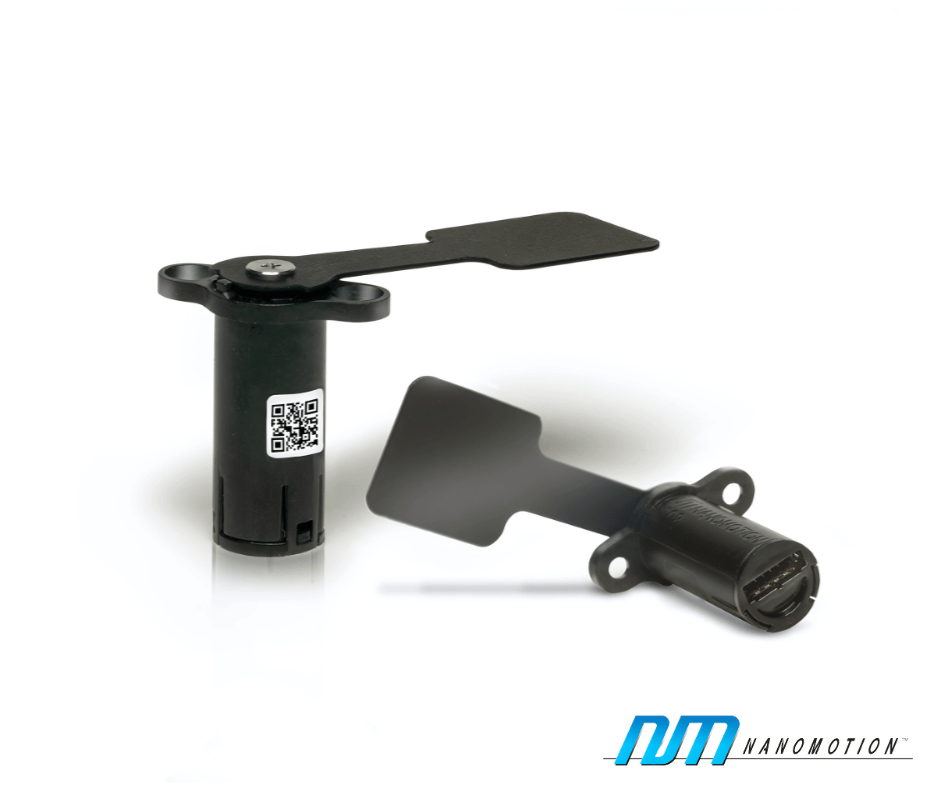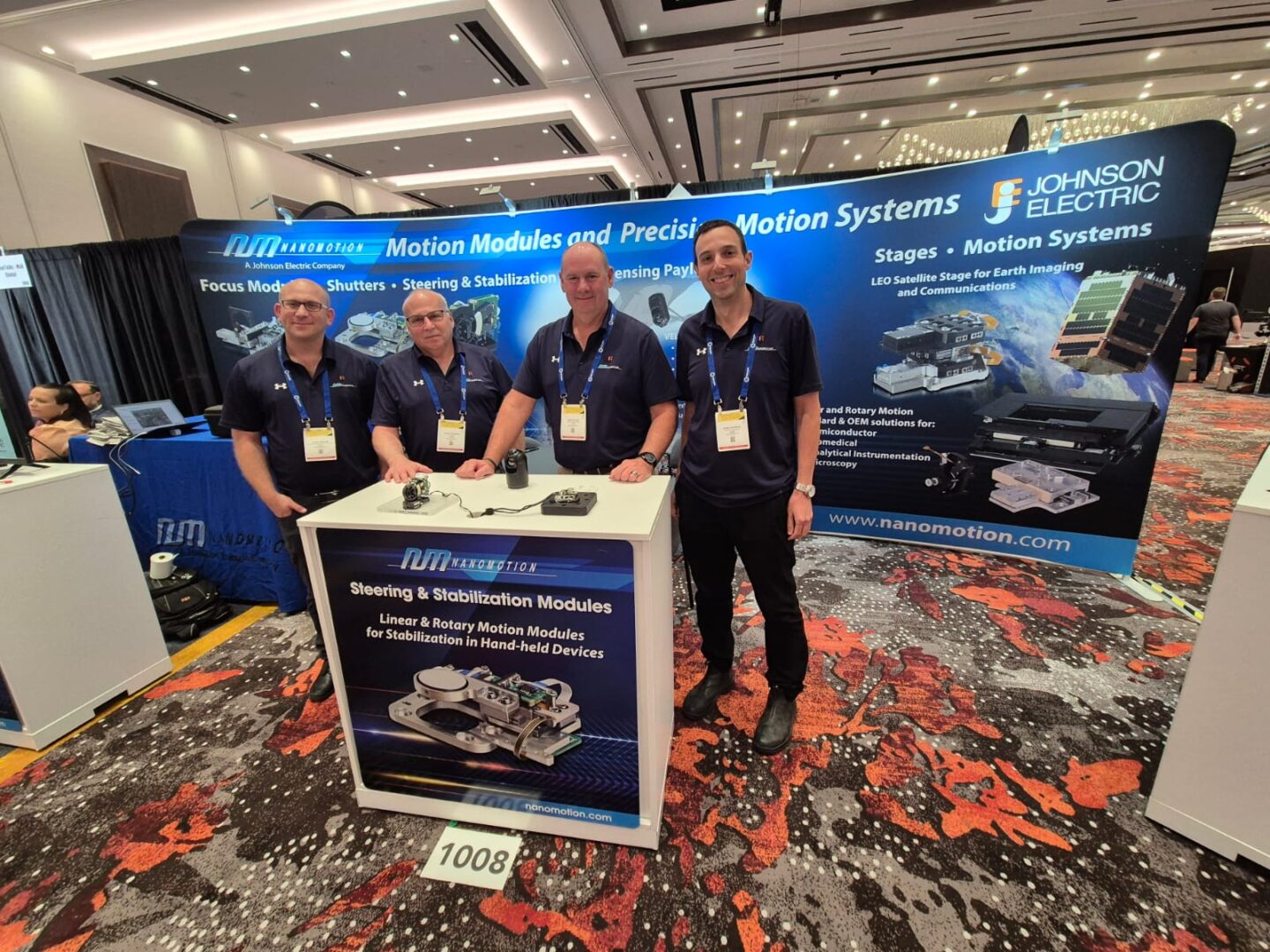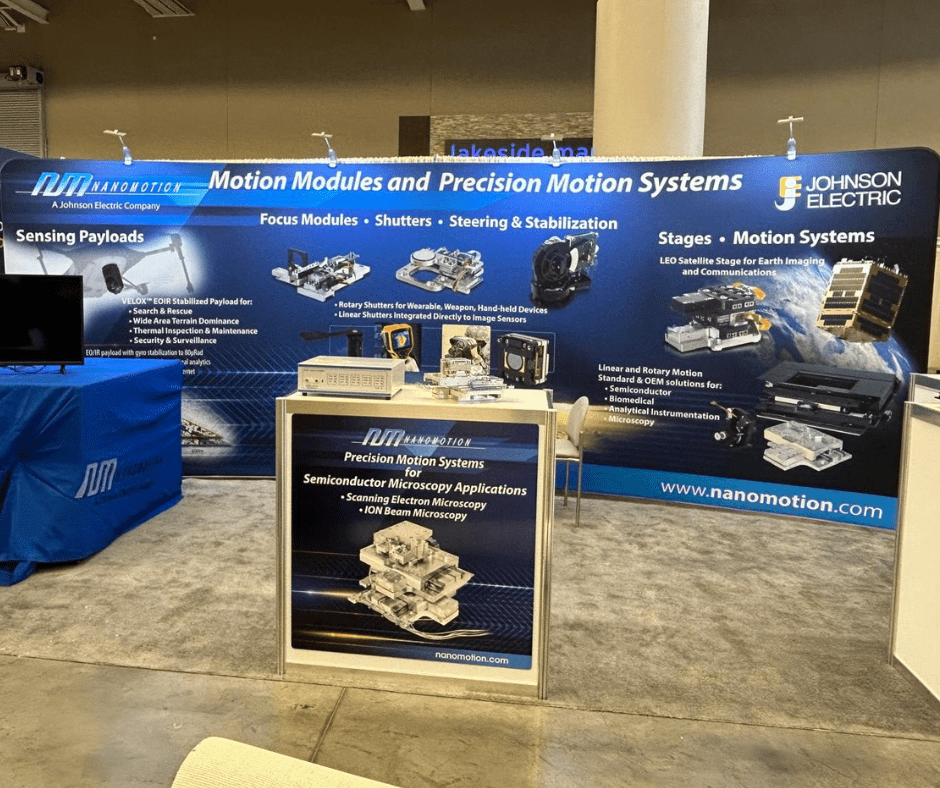Super Resolution “Resolution” is defined by the capability of an image sensor to observe or measure the smallest object clearly, based on distinct boundaries. This differs from a pixel, which is the unit of the digital image. While the resolution is dependent on the pixel size, based on a given lens, the smaller the pixel the higher the resolution.“Super-Resolution” refers to a variety of methods used to increase the resolution, within a given pixel size. Particularly with lower resolution infrared imaging, super-resolution works when several low resolution images contain slightly different perspectives of the same object.

There are several ways to achieve super resolution, through hardware and software. Commonly, the process of mechanically shifting half a pixel in the X and Y axes can increase the functional resolution by a factor of 4. For example, on a standard 640 x 480 sensor, shifting half a pixel in each axis will generate a resolution of 1280 x 960, taking a .3m pixel image to a 1.2m pixel image.

Approaching Super Resolution with a motion module, not only provides the ability to shift ½ pixel in each axis, but can also yield completely programmable motion, with the ability to shift 2 x 2 pixels or 3 x 3 or any other fraction of a pixel that may be required.
Super Resolution / Steering Stage The ability to shift a lens, a sensor, or a mirror can be easily managed with miniature platforms that use exiting piezo technology in the form of a motor or an actuator.
- • XY Motion, up to 10mm
- • Resolution 0.25µm
- • Foot Print ~40x40mm typ.
- • FOV increase mode 4×4 sensor shifts
- • Vibration suppression mode
- Bandwidth 15hz @Amplitude of 0.2mm
- • Super resolution (16 micron pixel)
- 2×2: 8µm step @20ms, 12fps 4X4: 4µm step @20ms, 3fps
- XY Flexure Motion ±8µm typical
- • Resolution 0.1µm
- • Foot Print ~30x30mm typ.
- • Vibration suppression mode
- Bandwidth 250hz @Amplitude of 8µm
- • Super resolution
- 2×2: 8µm step @4ms, Scan at 60 FPS 4X4: 4X4: 4µm step @4ms Scan at 15 FPS 8X8: 2µm step @4ms Scan at 4 FPS


Each application for Super Resolution will dictate a unique set of mechanical circumstances and configuration. Nanomotion can effectively manage this through a series of core building blocks related our: • Piezo motors (in servo and actuation mode) • Sensor technology • Algorithms for motion and vibration suppression • Mechanical design concepts For additional information related to Super Resolution, please contact Nanomotion at: (800) 821-6266 or email.





